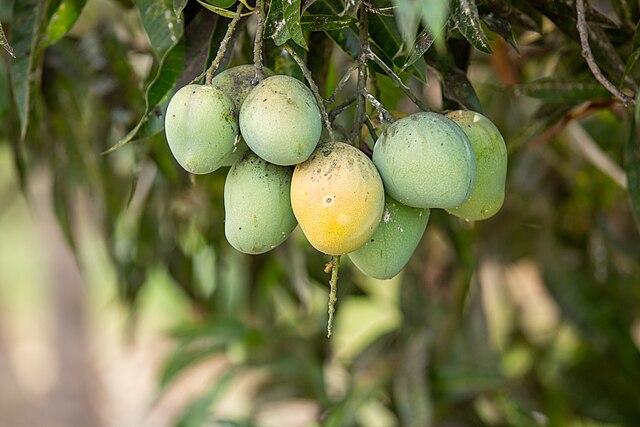After initially suspending import mangos from Mali, the European Union (EU) finally banned them on September 24, 2025, fanning supply chain speculations.
The local mango industry has since then been reevaluating its stakes as the EU market represents 80% of the $11 million annual export turnover.
Reasons for the ban include 50 or more phytosanitary detections in the 2024-5 trade season, mostly relating to fruit fly infestations.
Mali’s export authorities apparently went slow on the most recent B. dorsalis and C. capitate fruit fly scourge, stemming from early rains. This is unlike in 2016 when they had effected a fast quarantine.
The future of the domestic industry is therefore currently under debate, especially after a governmental vow to recapture the lucrative market.
Mali seeks through its Ministry of Agriculture to regain market access in 12 months by restructuring the dried fruit industry.
But this internal move will not stop fears that neighboring mango hubs of the Maghreb could be the next targets.
This will stimulate trade uncertainty for Europe-bound shippers in Morocco and Tunisia due to regulation and changing supply centers.
Luckily, there is belief that customers in Europe might not easily forget the unique flavor of this fruit from the sidelined origin. Even as they sample those of alternative tropical sources, they will still welcome back the competitively priced Mali’s mangos.
Prices of Mangos Outside Mali Steady
Two such alternative origins in Asia are already cashing in from heightened autumn demand in Europe.
The exit of Mali has coincided with steady pricing of exported dry mango from Thailand, Vietnam and the EU itself.
Vietnam’s Free-on-Board (FOB) price for dried mangos in the EU remained unchanged at €5.62 ($6.60) a kg on September 19, 2025.
This is despite uptick rates for the popular Hoa Loc mangos from the Mekong Delta by 50% since July 2025 from short supply. By September 21, farm gate rates were trending from 40,000 dong ($1.51) a kg, up from 15,000 dong ($0.57) in September 2024.
While the Mali ban was coming into effect, Thailand was also retaining weekly export rates in the EU at € 4.57 ($5.36) a kg. It therefore looks like Bamako is missing out on high demand in rich markets, despite its historical production and export clout, per the statistics below.
Mali Mango Statistics
Mali is a landlocked nation in West Africa with 80% of its working population engaged in agriculture, according to the World Bank. One of its shining produce are mangos, whose production grew 6 times between 1993 and 2008. By 2022, the country was the world’s 16th biggest producer of the fresh fruit at over 670,600 tonnes. Only Sudan, Kenya, Egypt, Nigeria and Malawi in ascending order of production had higher output in Africa in 2022.
Between 2019 and 2023, Mali’s mango production slowed down unevenly while acreage expanded impressively. The FAOSTAT table below captures this discrepancy:
| Year | Production [tonnes] | Area [Ha] |
| 2023 | 676,532 | 47,313 |
| 2022 | 679,650 | 47,290 |
| 2021 | 887,008 | 44,994 |
| 2020 | 793,220 | 44,832 |
| 2019 | 814,920 | 44,728 |
Mali’s niche mango production is buoyed by medium-level yields at 141,816 kg per hectare. This productivity is notably better than that of the global production leader India’s 97,260 kg/ha (2022).
A challenge facing traded mangos in Mali is export control by import markets, especially the European Union (EU). In late September 2025, the EU banned Mali origin mangos over phytosanitary concerns. The bloc serves as a destination for 80% of the total shipment value from the country at $11 million, as of 2024.
As a whole, Mali averages 70,000 tonnes of fresh or dried mango exports annually, representing roughly 1/7th of its production. Historical exports into the EU have been at least third only to those from Ivory Coast and Senegal for African origins. The below table, interpreted from the World Bank, gives an EU-bound export review for the half decade ending 2009:
| Year | Exports to EU [tonnes] |
| 2009 | 3,480 |
| 2008 | 4,902 |
| 2007 | 4,317 |
| 2006 | 3,477 |
| 2005 | 2,560 |
